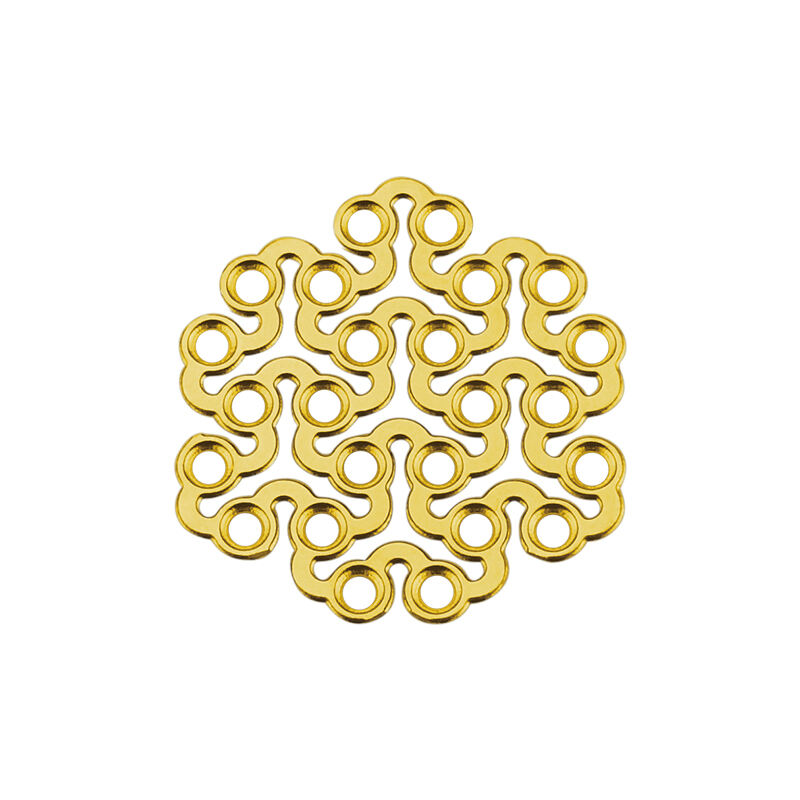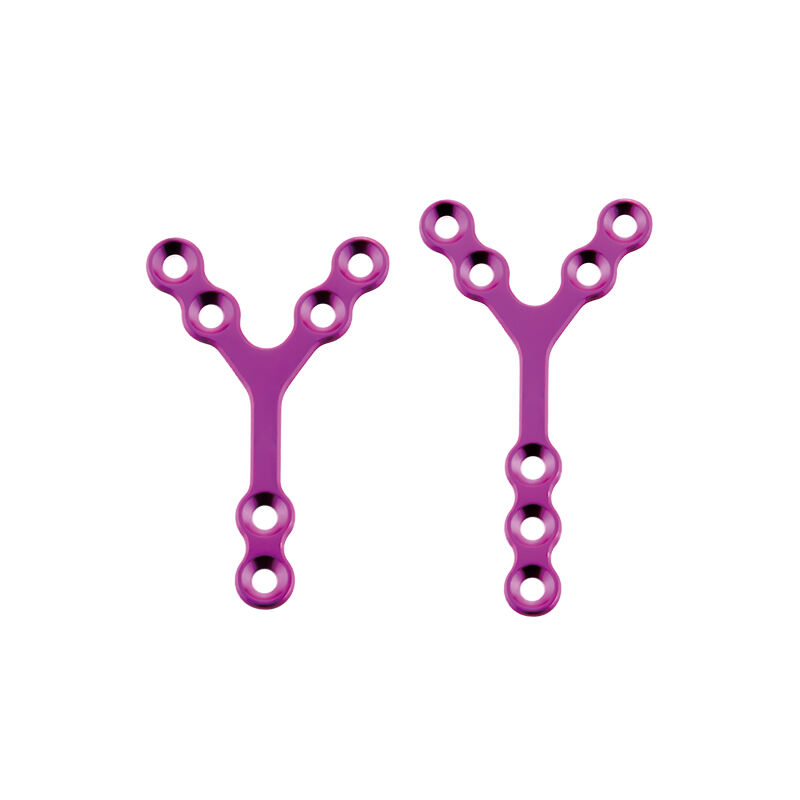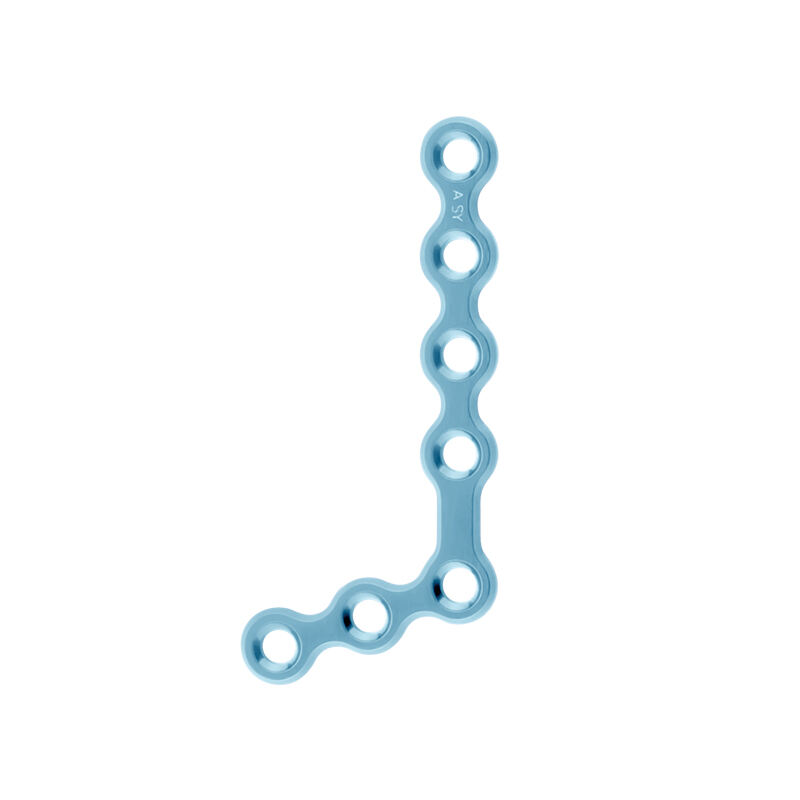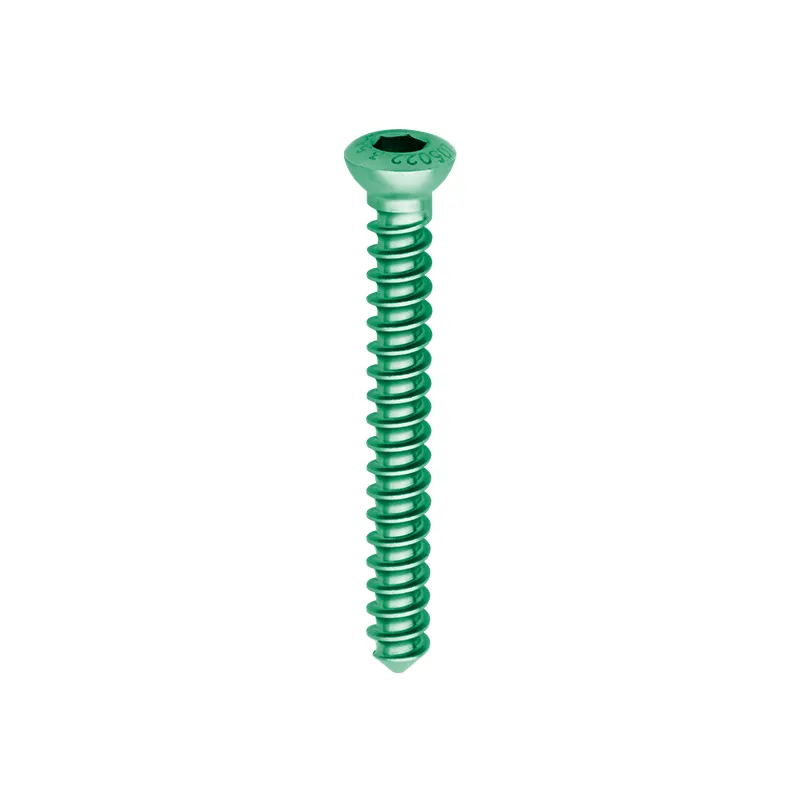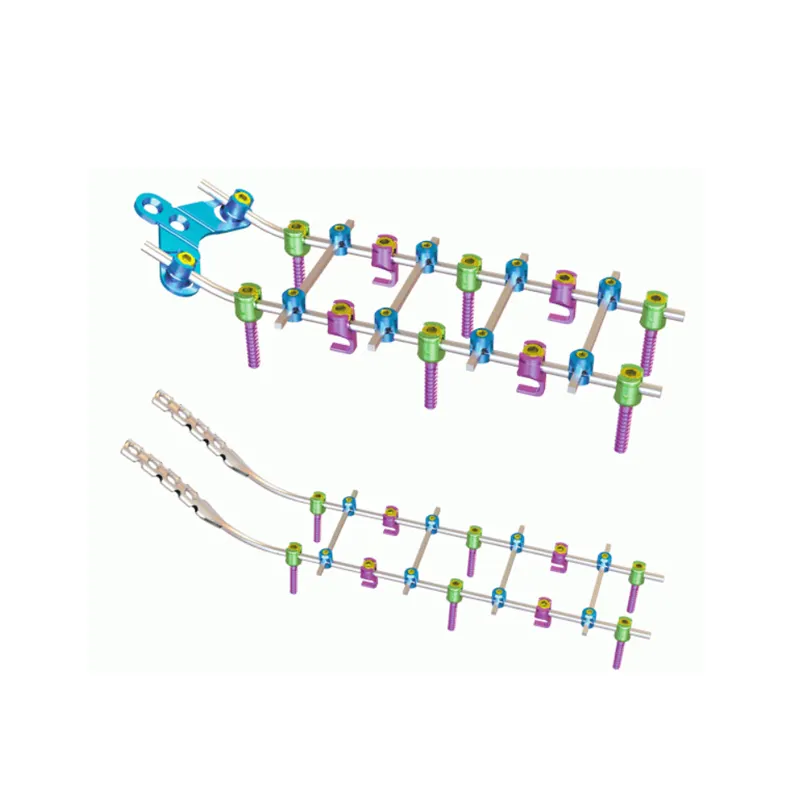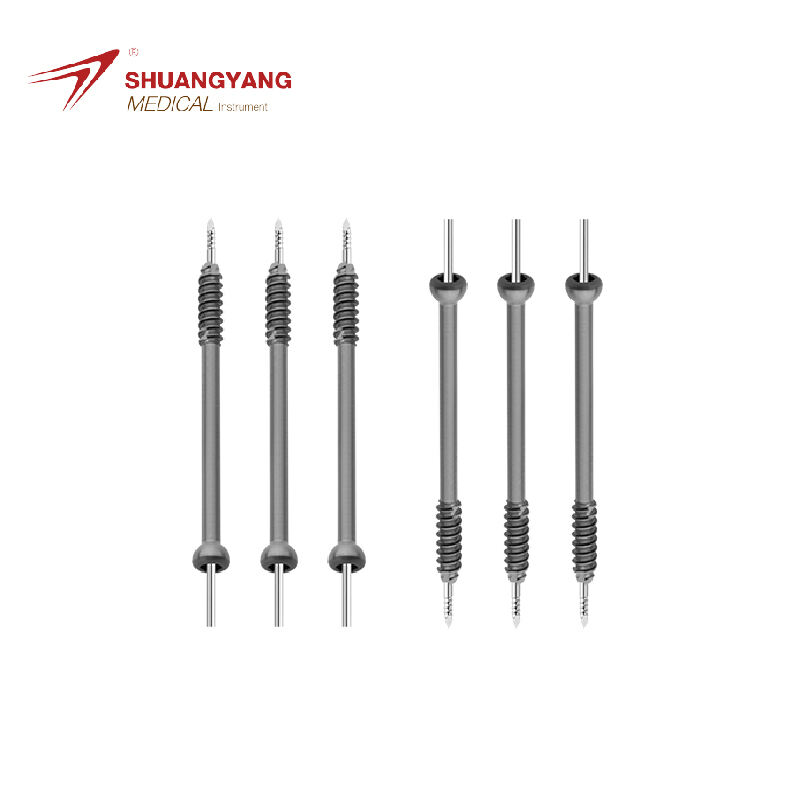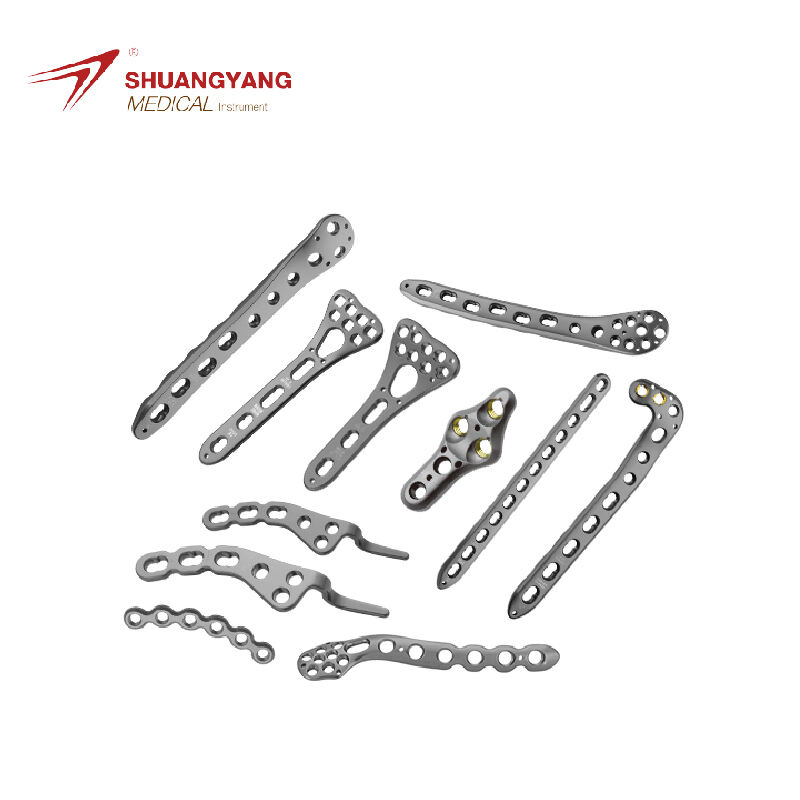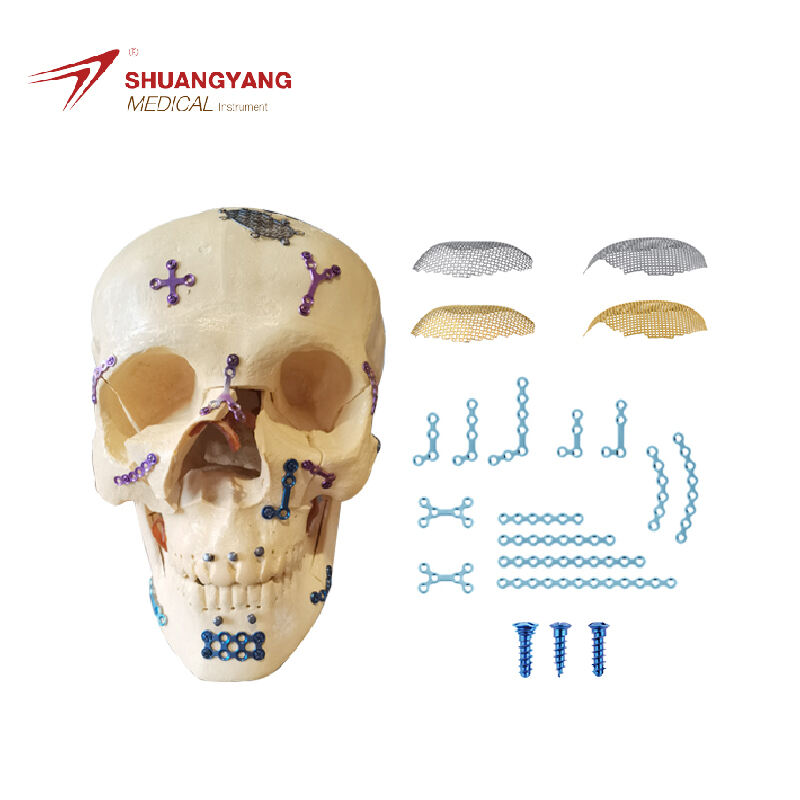orthopedic surgery instruments
Orthopedic surgery instruments are a range of precision tools designed for the specific needs of orthopedic procedures. These instruments serve a variety of functions, including cutting, drilling, and shaping bone and soft tissue. Technological features include advanced materials, such as titanium and stainless steel, which enhance durability and reduce the risk of corrosion. Many orthopedic instruments also incorporate ergonomic designs to improve surgeon control and minimize fatigue. Their applications span across various surgeries like joint replacements, trauma repairs, and spinal operations. With these specialized tools, surgeons can perform intricate operations with greater accuracy and efficiency, leading to better patient outcomes.
 EN
EN
 FR
FR
 ES
ES
 AR
AR

